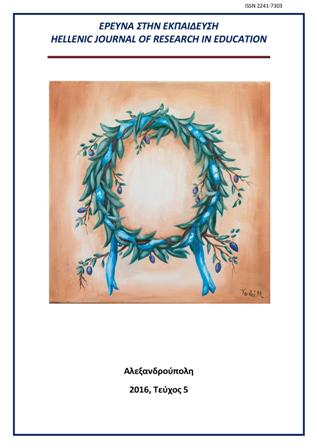Using drones in teaching. Results from a pilot implementation to 5th grade primary school students

Abstract
The study presents the results of a pilot project which examined the learning outcomes when using unmanned flying vehicles (drones) for teaching fifth-grade primary school students units from Language and Mathematics. For that matter, two teaching interventions were planned and carried out in two groups of students, one control and one experimental. A total of 40 students participated to the study, coming from a primary school in Rhodes, Greece. The interventions were carried out during October 2016. The results verified that, for Mathematics, the students of the experimental group achieved better results, compared to the control group and the sustainability of their knowledge was also greater. However, this did not hold true for the language lessons. In addition, the formation of positive attitudes and perceptions of students toward drones were noted.
Article Details
- How to Cite
-
Παπαδάκης Δ., Φωκίδης Ε., Κούρτη-Καζούλλη Β., & Δάρρα Μ. (2017). Using drones in teaching. Results from a pilot implementation to 5th grade primary school students. Hellenic Journal of Research in Education, 6(1), 18–31. https://doi.org/10.12681/hjre.11465
- Issue
- Vol. 6 No. 1 (2017)
- Section
- Articles

This work is licensed under a Creative Commons Attribution-NonCommercial-ShareAlike 4.0 International License.
Authors who publish with this journal agree to the following terms:
- Authors retain copyright and grant the journal right of first publication with the work simultaneously licensed under a CC-BY-NC-SA that allows others to share the work with an acknowledgement of the work's authorship and initial publication in this journal.
- Authors are able to enter into separate, additional contractual arrangements for the non-exclusive distribution of the journal's published version of the work (e.g. post it to an institutional repository or publish it in a book), with an acknowledgement of its initial publication in this journal.
- Authors are permitted and encouraged to post their work online (preferably in institutional repositories or on their website) prior to and during the submission process, as it can lead to productive exchanges, as well as earlier and greater citation of published work (See The Effect of Open Access).



